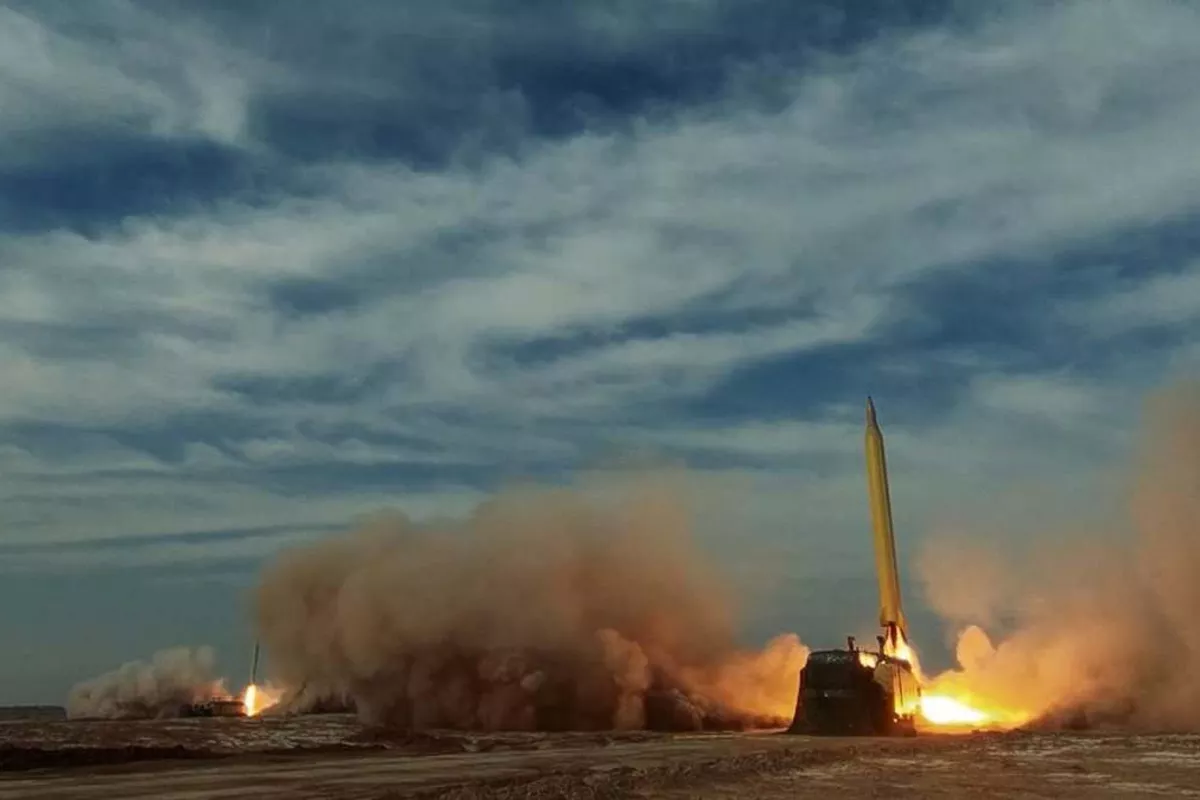
Photo: X
On October 18, Iran’s IRGC Aerospace Force aired footage in Tehran displaying upgraded Emad and Qadr medium-range ballistic missiles from an underground complex.
The broadcast, which included claims of new electronic warfare measures for the Qadr, highlights a refinement of Iran's survivable launch chain and sustained pressure on regional air and missile defenses, The Caspian Post reports citing foreign media.
According to the broadcast, Emad is upgraded and operational, while Qadr receives electronic warfare equipment intended to disrupt detection and fire-control on the opposing side. The underground setting highlights a material-infrastructure pairing: on one hand, modernized missiles; on the other, a tougher launch chain through buried shelters and protected firing procedures. For practitioners, the combination determines acceptable attrition, reset speed, and, ultimately, the credibility of conventional deterrence.
Technically, Emad remains a liquid-fueled MRBM derived from the Shahab-3, with a single-stage architecture and a separable maneuverable reentry vehicle (MaRV). Open sources converge on a diameter of about 1.25 m, a length of roughly 16 to 16.5 m, a launch mass in the 17 to 19 ton range, a typical payload near 750 kg, and a range around 1,700 km. The MaRV, guided by an INS with claimed satellite aids, enables terminal corrections and improves accuracy compared with Shahab-3. Qadr (often transliterated Ghadr), another liquid-fueled derivative of the Shahab-3 family, is optimized for faster setup through airframe lightening and guidance improvements. It retains similar dimensions (diameter about 1.25 m, length about 16 m), carries about 750 kg, and is generally reported with a range between 1,800 and 2,000 km. The element highlighted in the air is the addition of electronic countermeasures around the launch chain, meant to jam or deceive warning sensors and reduce electromagnetic signature before firing.
These features translate directly into employment. Deployed on transporter-erector-launchers and sheltered in underground complexes, Emad and Qadr can leave galleries, move to pre-surveyed firing points, complete a short setup, then return to cover before counterstrikes. Dispersed TELs on multiple routes, the use of decoys, and ECM near launch sites increase the interdiction burden for the attacker. Mixed salvos that combine flight profiles and missile families aim to stress layered defenses and hasten interceptor expenditure. At the operational level, the stated ranges cover the Levant and the entire Gulf from inside Iranian territory, with particular pressure on air bases, ports, and logistics hubs.
Share on social media